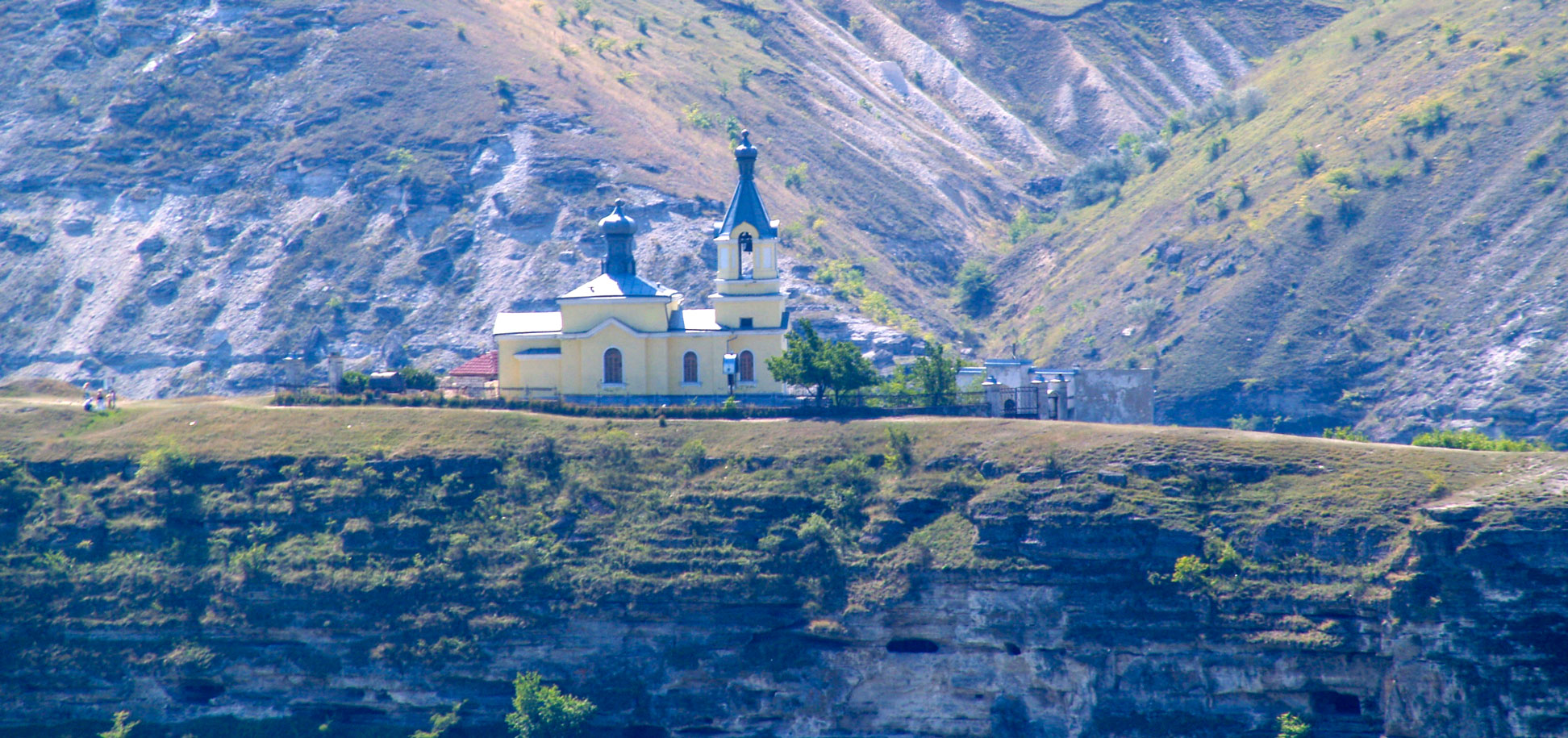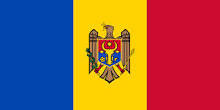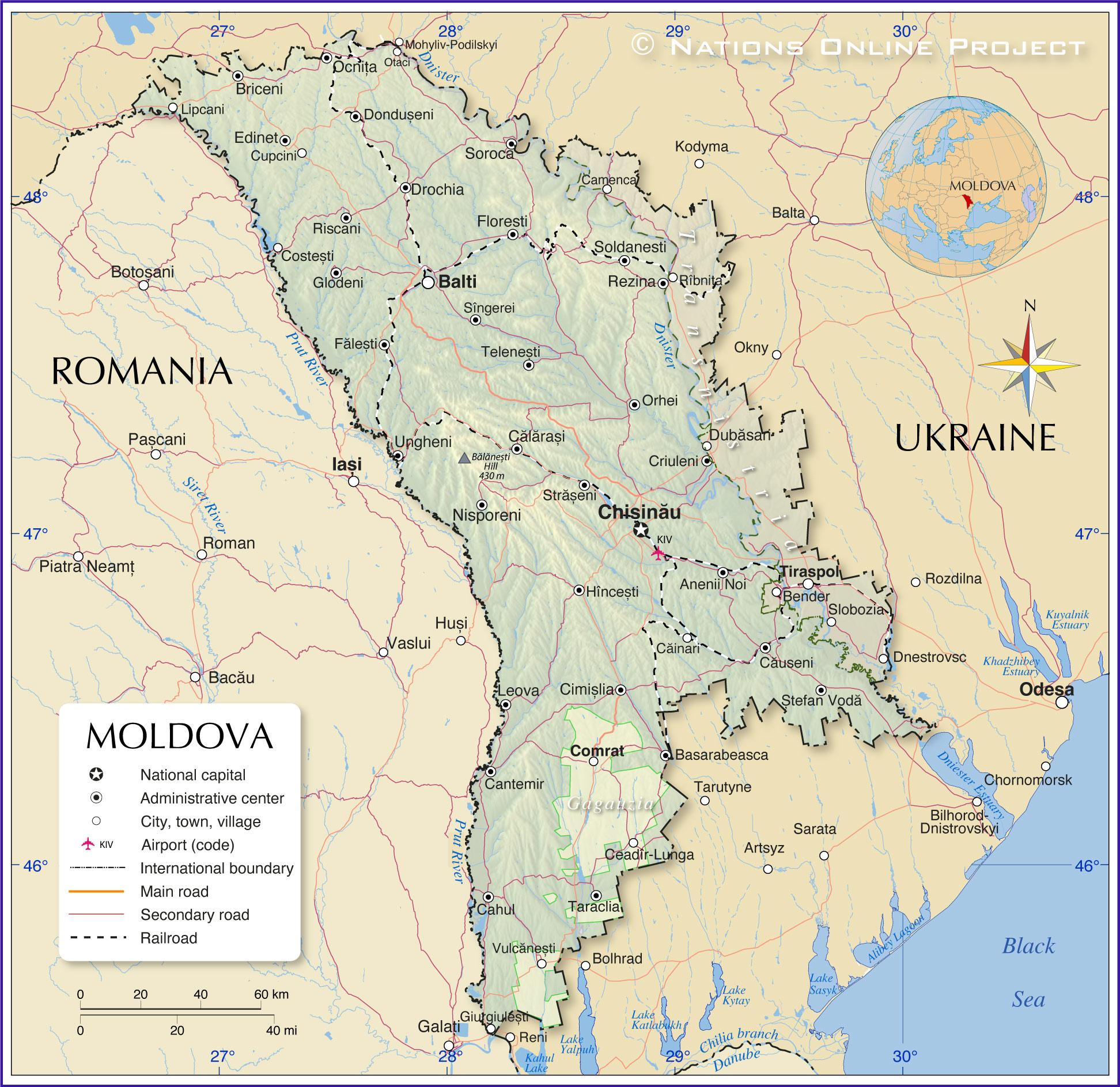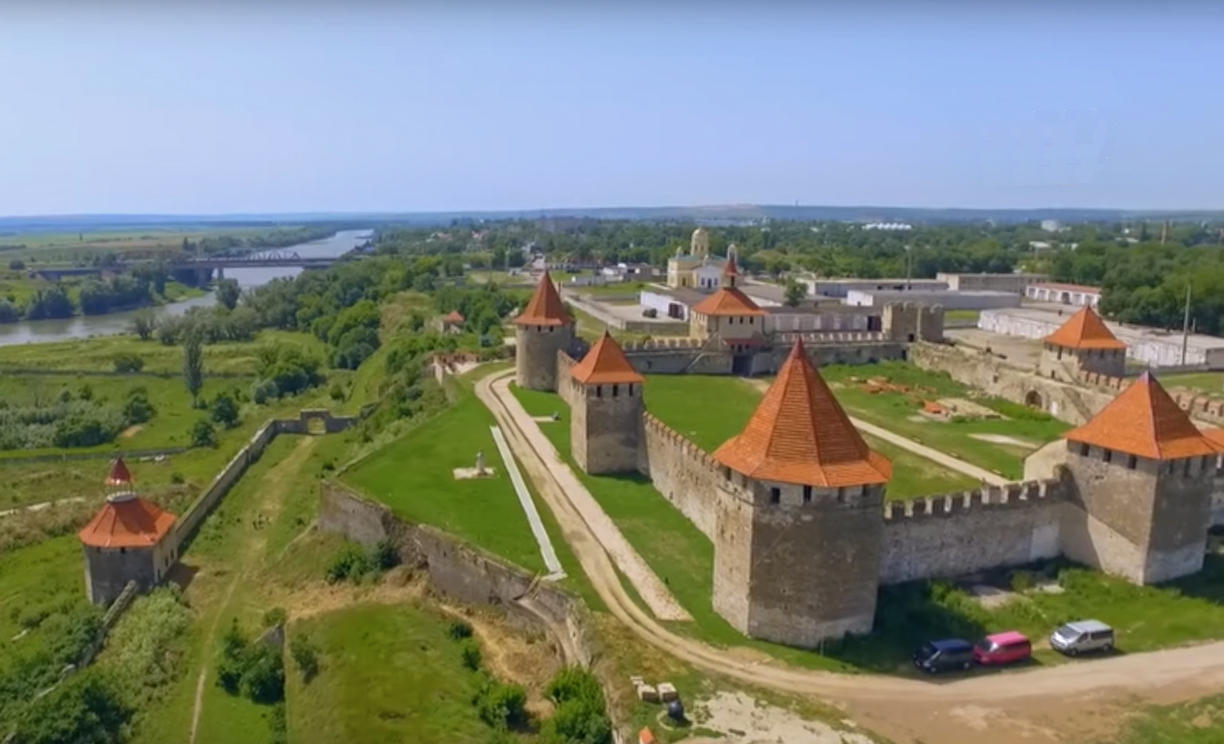Countries Index
Countries A to Z
Sovereign States
Dependent Areas
Countries by Area
Country Population
Island Countries
Countries of the Islamic World
Third World
First, Second, Third World Countries
Human Development by Country
Countries by Corruption
Countries and Press Freedom
Country Flags
Currencies




